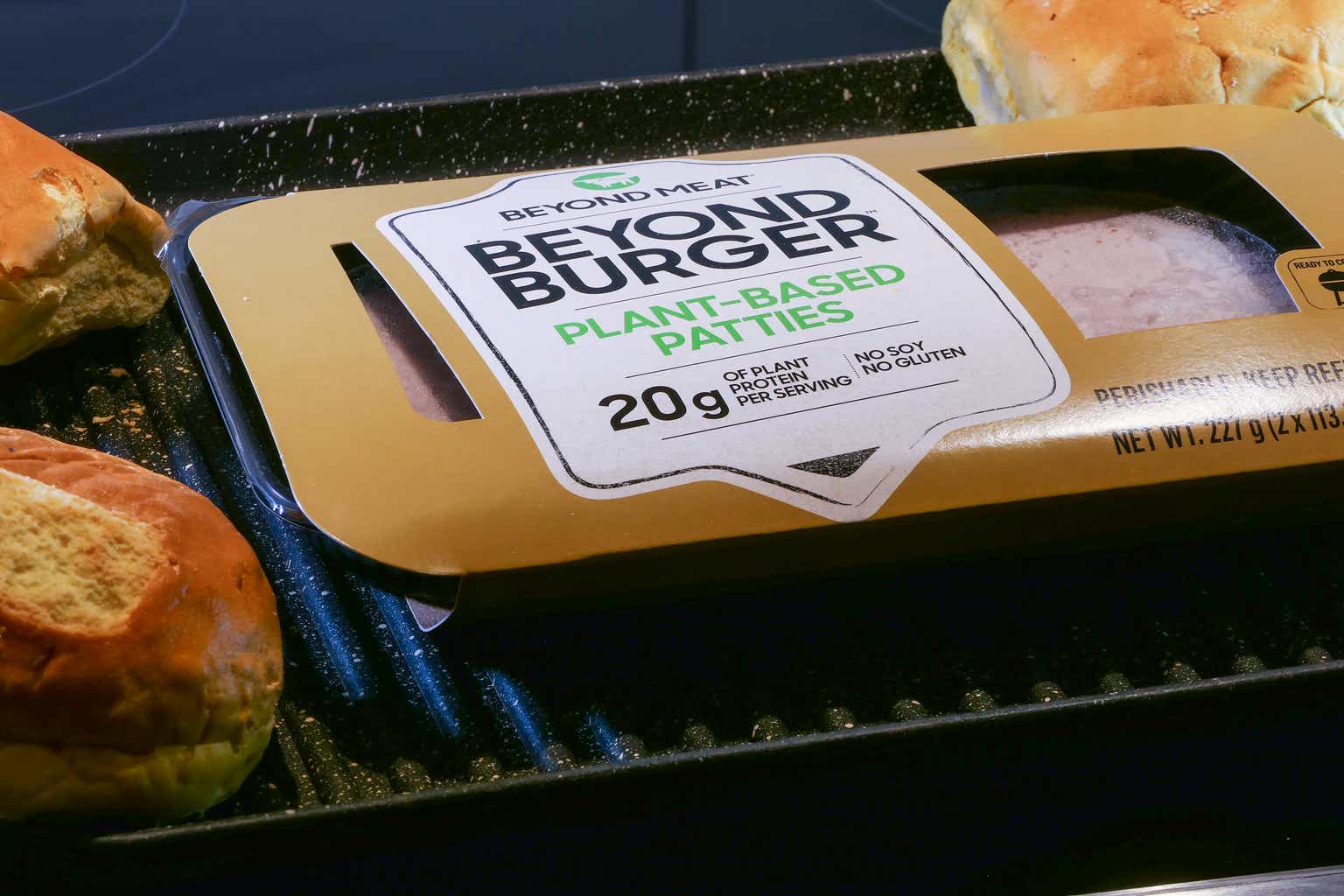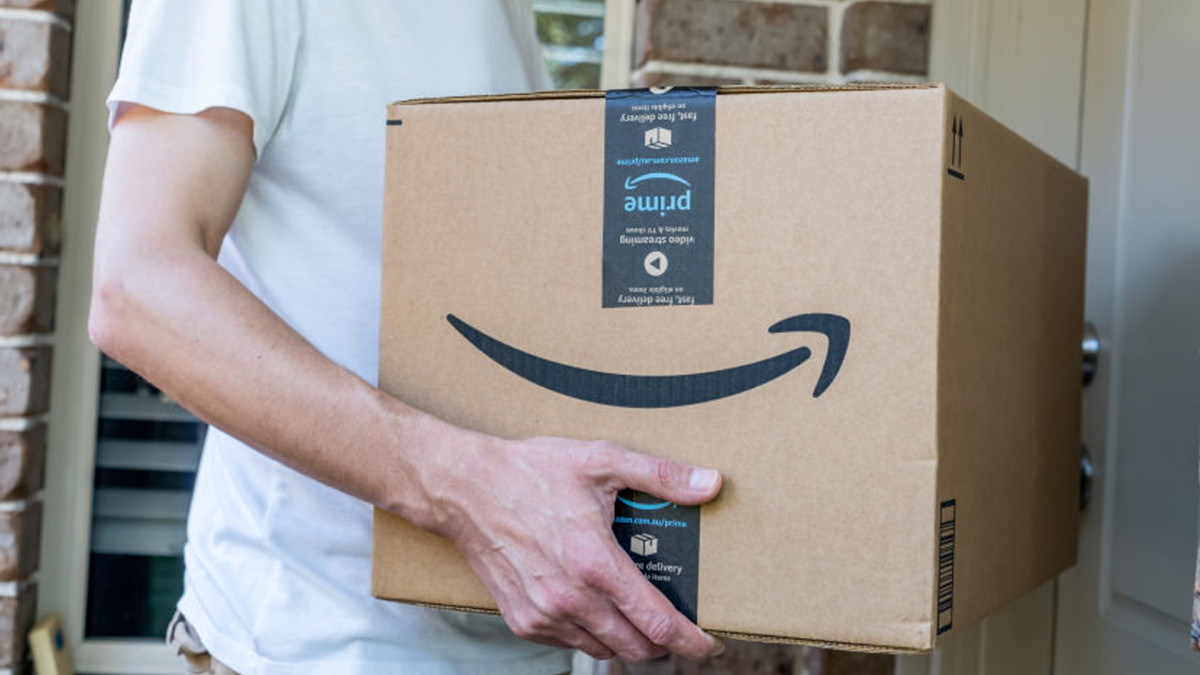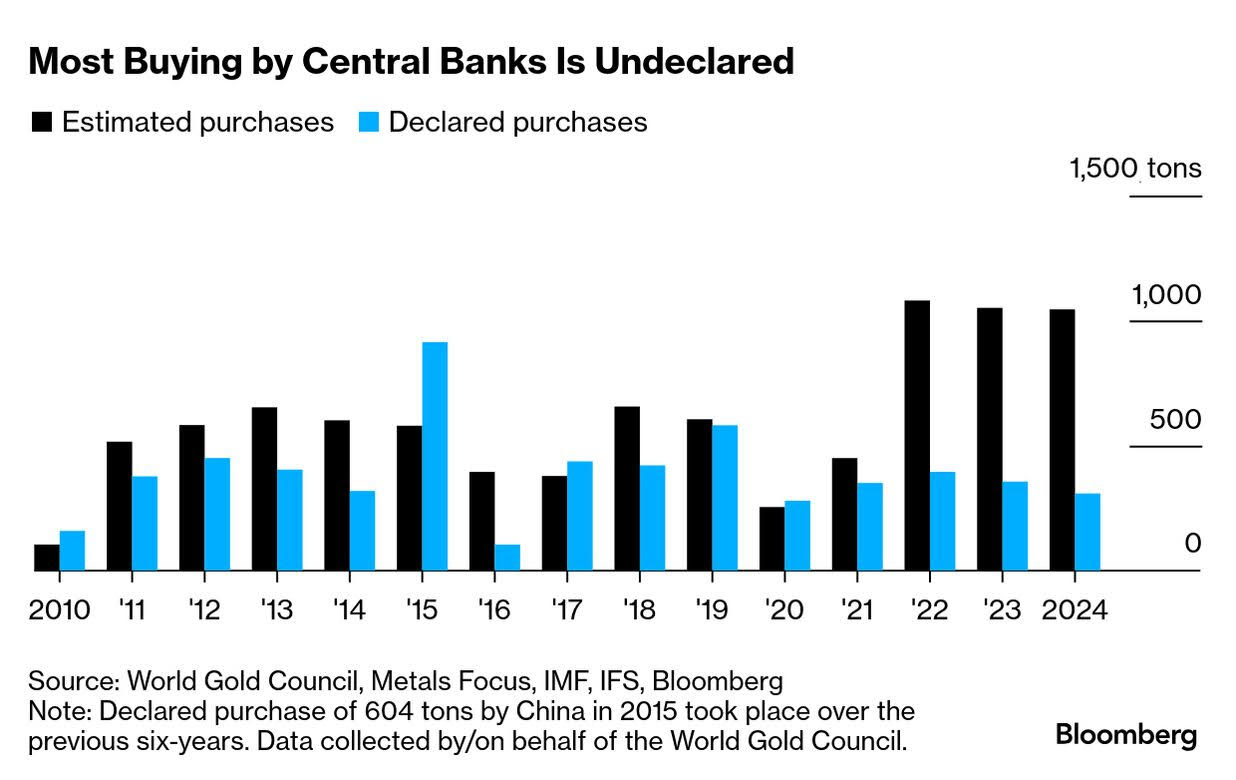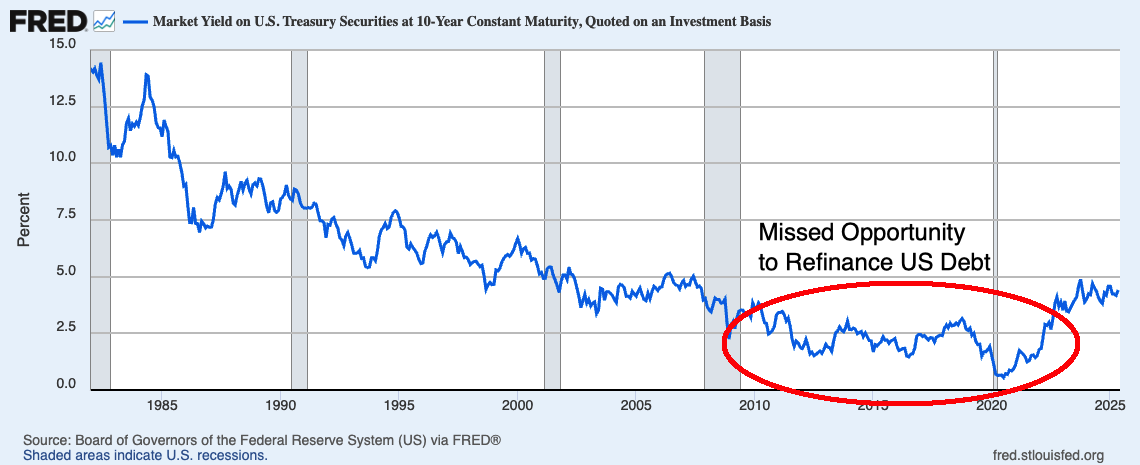Does Domino’s Have a New Competitive Threat to Worry About?
Domino’s Pizza (NYSE:DPZ) stands as the global leader in pizza delivery, commanding a dominant market share in the quick-service restaurant (QSR) pizza industry. With a vast network of over 21,000 stores across more than 90 countries, Domino’s has solidified its position through a franchise-heavy model, innovative technology, and a relentless focus on delivery efficiency. Its […] The post Does Domino’s Have a New Competitive Threat to Worry About? appeared first on 24/7 Wall St..

Domino’s Pizza (NYSE:DPZ) stands as the global leader in pizza delivery, commanding a dominant market share in the quick-service restaurant (QSR) pizza industry. With a vast network of over 21,000 stores across more than 90 countries, Domino’s has solidified its position through a franchise-heavy model, innovative technology, and a relentless focus on delivery efficiency.
Its brand recognition, bolstered by digital ordering platforms and customer-centric initiatives like the Domino’s Tracker, has kept it ahead of competitors like Pizza Hut and Papa John’s International (NASDAQ:PZZA). Over the past few years, Domino’s has sustained growth by expanding its store footprint, enhancing menu offerings, and leveraging technology to streamline operations. Despite challenges like staffing shortages and inflation, its ability to maintain customer loyalty through value promotions and quality improvements has driven consistent sales.
However, a new competitive threat is emerging: Walmart’s (NYSE:WMT) warehouse club Sam’s Club has launched an online pizza delivery service, offering low-cost, member-exclusive pizzas. This move by a retail giant with a massive U.S. presence could disrupt the pizza delivery landscape. Investors need to ask whether Sam’s Club’s entry is a genuine threat to Domino’s dominance.
The Sam’s Club’s Challenge
Sam’s Club’s new online pizza delivery service, launched just last month, leverages its 600 U.S. locations and a membership base of over 69 million to offer large 16-inch pizzas at competitive prices — just $8.98 for members, with delivery fees around $4, matching the cost of a basic Domino’s pie.
Sam’s Club’s existing supply chain and e-commerce infrastructure, honed through grocery delivery, enabled the retailer to rapidly scale the service to all of its nearly 600 stores. By integrating pizza delivery into its Walmart+ platform, it taps into a growing demand for convenience, directly challenging Domino’s core strength.
The service’s focus on bulk buyers and families aligns with Sam’s Club’s value-driven model, potentially siphoning customers in suburban and urban markets where its clubs are prevalent. However, Sam’s Club’s limited menu — primarily cheese and pepperoni pizzas — lacks the customization and variety Domino’s offers, which includes pastas, sandwiches, and desserts. Additionally, Sam’s Club’s delivery relies on third-party platforms like DoorDash (NASDAQ:DASH), which may raise costs and reduce reliability compared to Domino’s in-house delivery network, a key competitive advantage.
Domino’s extensive U.S. footprint (it has over 7,00 stores) dwarfs Sam’s Club’s 600 locations, ensuring broader geographic coverage and faster delivery times, critical in the pizza industry. Domino’s “fortressing” strategy of adding stores in high-demand areas, has helped boost per-store sales. This scale, combined with technology like GPS tracking in over half its stores, reinforces Domino’s operational edge.
A Cold Slice
Sam’s Club, while formidable, faces hurdles: its membership requirement limits its customer base, and its pizza delivery is a secondary offering, not a core competency. Domino’s has weathered third-party delivery threats from Uber Eats and DoorDash, maintaining dominance by avoiding high aggregator fees and focusing on in-house efficiency. Domino’s U.S. same-store sales grew 3.5% last year, reflecting resilience despite inflationary pressures. While comps fell 0.5% in Q1 this year due to pressure on low-income households, Domino’s continues to expand, with 17 net new location openings for the period.
While Sam’s Club may capture price-sensitive customers, toppling Domino’s would require surpassing its brand loyalty, menu depth, and delivery infrastructure. At best, Sam’s Club could diminish Domino’s market share in select regions, but its limited store count and reliance on external delivery make a significant dent unlikely in the near term.
Key Takeaway
By introducing a low-cost online pizza delivery alternative, Sam’s Club could challenge Domino’s in price-sensitive markets. Yet Domino’s entrenched network, technological prowess, and diverse offerings make it unlikely to lose its top spot.
The retail giant’s entry may pressure margins, but Domino’s scale and loyalty programs position it to maintain dominance. This is not a competitive threat that investors should worry about.
The post Does Domino’s Have a New Competitive Threat to Worry About? appeared first on 24/7 Wall St..
















































































































































































